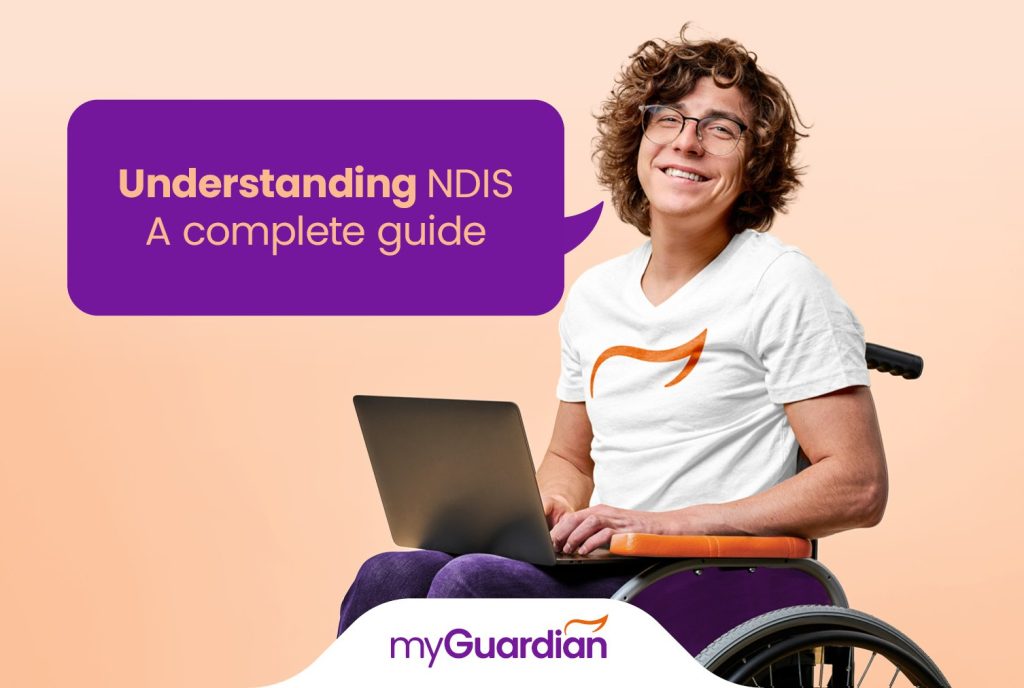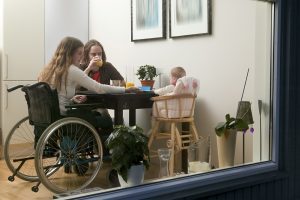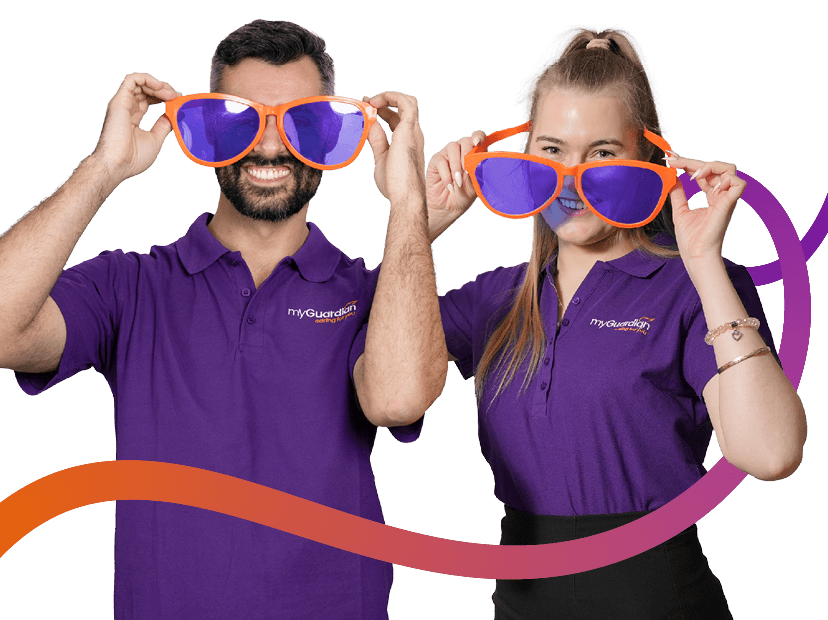Understanding the National Disability Insurance Scheme (NDIS): A Complete Guide
If you or someone you love is living with a disability, navigating the system to find the right support can feel overwhelming. From understanding your eligibility to knowing what kind of support is available, whether it’s support coordination, personal care, home modifications, or access to a safe and supportive home through SIL or SDA housing, it can be a lot to process.
That’s where the National Disability Insurance Scheme (NDIS) comes in. Designed to empower people with disability across Australia, the NDIS funds tailored support so individuals can live more independently, build skills, and participate fully in everyday life.
What Is the NDIS?
The NDIS is a government-funded scheme that provides customised support to Australians under the age of 65 who have a permanent and significant disability. It aims to give people more choice and control over the care they receive, helping them live with dignity and purpose.
Launched nationally in 2016 after successful trials, the NDIS is managed by the National Disability Insurance Agency (NDIA) and supports over 500,000 Australians through individualised plans.
It is not income-tested and is separate from the Disability Support Pension. Instead, it offers funding for supports and services like home modifications, assistive technology, therapies, and personal care — all tailored to the participant’s goals.
Why the NDIS Matters
Before the NDIS, disability services were underfunded and inconsistent across the country. A 2011 Productivity Commission report confirmed what many families already knew: the system was broken. The NDIS was created to fix that, and ensure people with disability have fair access to the support they need to live their best life.
What Types of Support Are Funded?
NDIS plans are unique to each person and can include:
- Assistance with Daily Living: Help with bathing, dressing, cleaning, and cooking
- Support Workers: Personal carers to assist at home or in the community
- Transport Support: Funding for taxis, rideshares, or community transport
- Assistive Technology: Items like mobility aids, hearing devices, or communication tools
- Home Modifications: Installing ramps, bathroom aids, safety adjustments
- Social & Community Participation: Programs and supports to help you stay connected
- Support Coordination: Help understanding and managing your plan and services
- NDIS Plan Management: Financial support to manage budgets and provider payments
- Specialist Disability Accommodation (SDA): For participants with extreme functional impairment or high support needs
- Supported Independent Living (SIL): Shared accommodation with 24/7 support for daily activities
- Employment Support: Help to find, get, and keep a job
- Therapeutic Supports: Physio, speech therapy, psychology, behaviour support
- Learning & Development: Support with school, education or skill building
- Health and Wellbeing: Support to improve mental and physical health
NDIS also connects participants to services like housing, education, health, and community groups including libraries, sports clubs, and local iCare services.
What the NDIS Doesn’t Fund
The NDIS doesn’t cover:
- Services not related to your disability
- Costs already covered by other systems (e.g. Medicare or public housing)
- Everyday expenses like groceries, rent or utility bills
- Items considered unsafe or not value-for-money
Who Is Eligible?
To apply for the NDIS, you must:
- Be aged 9 to 65 years (younger children follow the Early Childhood Approach)
- Be an Australian citizen, permanent resident, or Protected Special Category visa holder
- Have a permanent and significant disability that impacts your ability to do everyday tasks without support
If you’re under 9 years old and have a developmental delay or disability, you may be eligible through the early childhood approach, which connects families to local supports.
How to Apply for the NDIS
Step 1: Make an Access Request
You can apply by:
- Calling 1800 800 110
- Visiting your local NDIS office
- Contacting a Local Area Coordinator (LAC) or early childhood partner
- Completing an Access Request Form
Step 2: Submit Supporting Evidence
Provide medical reports or assessments that show how your disability affects your daily life.
Step 3: Create Your NDIS Plan
If approved, you’ll meet with an NDIS planner or LAC to create a plan based on your goals and needs. You can choose to manage your plan yourself, with help (plan-managed), or have the NDIA manage it.
The Role of Support Coordinators and Providers
Once your plan is approved, it’s time to put it into action. This is where support coordination and NDIS service providers come in.
- Support Coordinators help you understand your plan, connect with providers, and troubleshoot issues.
- Plan Managers take care of your budgeting and financial reporting.
- Disability Support Providers (like My Guardian) deliver services such as personal care, therapy, transport, or social participation.
- SIL and SDA Providers offer accommodation options tailored to people with high support needs.
Choosing the right provider ensures your supports are effective, empowering, and respectful of your choices and culture.
Compliance and Safeguards
The NDIS Quality and Safeguards Commission oversees all registered providers to ensure high standards of care, safety, and accountability. You have the right to:
- Be treated with dignity and respect
- Make your own choices
- Be safe and free from abuse
- Provide feedback or complaints about your care
If you’re unhappy with your provider, you can change at any time.
What Is Considered a Permanent and Significant Disability?
To access the NDIS, a person must have a permanent and significant disability. But what does that mean?
- Permanent means the disability is likely to be lifelong. It may not have a cure, or it may not be expected to improve without long-term support.
- Significant means the disability has a major impact on a person’s ability to complete everyday tasks independently. This could include difficulties with communication, mobility, learning, self-care, or social interaction.
Examples of permanent and significant disabilities may include:
- Intellectual disability
- Autism spectrum disorder
- Cerebral palsy
- Down syndrome
- Hearing or vision loss
- Acquired brain injury
- Mental health conditions (psychosocial disability) that are ongoing
The NDIS looks at how the disability affects your functional capacity across key areas like mobility, communication, social interaction, learning, self-management, and self-care.
If your disability makes it difficult to participate in daily life without support, and it’s likely to be lifelong, you may be eligible for the NDIS.
Need Help Navigating the NDIS?
At My Guardian, we’re here to make the NDIS easier for you. From helping you apply, to providing personalised care through disability support workers, SIL/SDA accommodation, NDIS plan management, and more, our mission is to support your independence, goals, and wellbeing.
Need help navigating the options? Reach out to the team at My Guardian today. Let’s talk about how we can support your family’s unique care journey.
Click the button below to get in touch.









